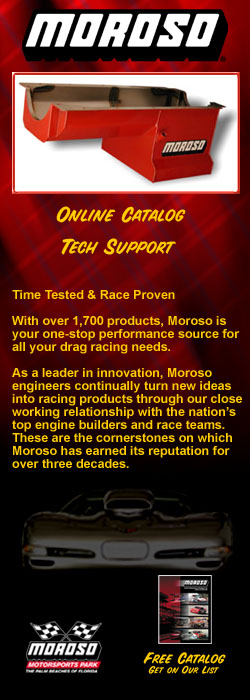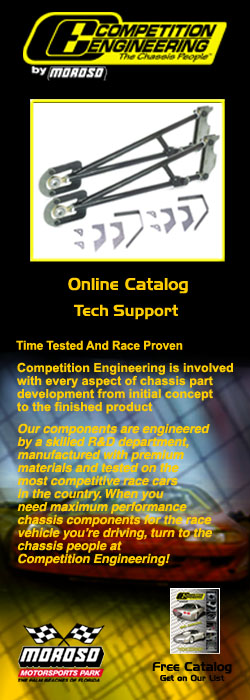|
|
 |
|
||
|
DRO: WE HAVE HEARD THAT DEEP CYCLE BATTERIES NEED TO BE DRAINED DOWN TO ABOUT 12.0 VOLTS BEFORE RECHARGING TO PREVENT A "SURFACE CHARGE." IS THIS CORRECT? Battery Experts: NO! You do not have to drain down any lead acid battery to prevent surface charging. Deep cycle batteries simply take longer to recharge because they have thicker, more dense plates. DRO: ARE "NAME BRAND" BATTERIES BETTER? DO YOU REALLY "GET MORE FOR YOUR MONEY" IF YOU BUY NAME BRAND BATTERIES LIKE A SEARS DIE-HARD, OPTIMA, ODYSSEY, HOLLEY, INTERSTATE MEGATRON? Battery Experts: YES! In almost every case the name brand battery will have thicker plate and more epoxy used in mounting the plates to fend off damage from vibration. The Turbo-Start 16 volt battery has the plates secured with _" of epoxy in the bottom and a padded separator to combat vibration and g-forces. When shopping for a battery, always look at the CRANKING POWER and the RESERVE CAPACITY. The higher the reserve capacity usually translates into thicker plates. DRO: WHAT WOULD BE YOUR PERSONAL CHOICE IF YOU WERE PUTTING A BATTERY IN YOUR OWN RACE CAR AND A COUPLE REASONS WHY? Here are the responses from each or our Battery Experts. Chuck at East Coast Auto Electric: He prefers the 12-volt dry cell batteries. His preference is the Odyssey. If he were use a wet-cell battery he would use an Interstate Megatron. He also recommends a one-wire alternator as they are easy to hook up correctly and still let the master disconnect shut the car off. He also likes the 12-volt system because in an emergency you can get one out of your tow truck, the trailer, or from another racer and maybe salvage the remainder of the race event. Tom Baker at Battery Service Corporation: His choice would probably be the Optima Spiral-Wound battery. It is a 12-volt battery that is unique. Without a lot of techno-speak, it has very low internal resistance which means it can deliver high amounts of power very quickly and can be recharged in a short period of time. Internally the Optima can handle about anything a drag car can throw at it as far as vibration and g-forces. He would not recommend a wet-cell battery for drag racing unless you are in a bind and have to use one. Brian at Turbo-Start Racing Batteries: He feels the Turbo-Start 16-volt system is the best for drag racers. Engines spin over faster, no alternator is recommended or needed and it is very vibration resistant since it was designed for the drag racing environment only. The only battery charger that works with a Turbo-Start is the one they sell and it is a top quality "automatic" charger designed for the rigors of drag racing. CONCLUSION Okay racers, the choice is now up to you. The Battery Experts did all seem to agree on a few things. Get the battery fully charged as soon as possible after the event, store the battery for the off-season on a cool dry area, and trickle charge it every 60 days or so to keep it fully charged. To get optimum performance out of your battery, keep it as clean as possible and keep the terminals clean and tight. If cleaning is necessary, use a mixture of baking soda and water and "wear eye protection" anytime you work around your battery. I hope you learned a little more about batteries after reading this article. I know I did. An inexpensive digital voltmeter would be a good investment for any racer. Turn on everything in the car, start it and put the voltmeter on the battery terminals. Got enough JUICE?! If you have any tech questions you want answered email them to me at Jok@racingnetsource.com and I will find an EXPERT to help me answer the question as quickly as possible. Some or all of the questions and answers will be published in this column. If you do not want us to use your name please tell us. All inquiries and replies will be complete via email. See ya at the races. |
||||
|
||||
| Copyright 1999-2002, Drag Racing Online and Racing Net Source | ||||


